Alisa Lepselter, ACE
Born 1963
 Alisa Lepselter, ACE succeeded Susan E. Morse in editing all of Woody Allen’s films, beginning with Sweet and Lowdown. She began as an intern on Jonathan Demme’s Something Wild and was Thelma Schoonmaker’s assistant editor on Martin Scorsese’s The Age of Innocence. Her first editing credit was for Nicole Holofcener’s first film as a director, Walking and Talking. She was nominated for an Eddie Award for Vicky Cristina Barcelona and Midnight in Paris.
Alisa Lepselter, ACE succeeded Susan E. Morse in editing all of Woody Allen’s films, beginning with Sweet and Lowdown. She began as an intern on Jonathan Demme’s Something Wild and was Thelma Schoonmaker’s assistant editor on Martin Scorsese’s The Age of Innocence. Her first editing credit was for Nicole Holofcener’s first film as a director, Walking and Talking. She was nominated for an Eddie Award for Vicky Cristina Barcelona and Midnight in Paris.
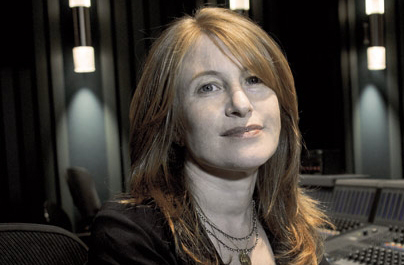
“I learned a lot about how to work with directors by watching all these different personalities. Some editors could explain themselves in a way that ultimately got them what they wanted. They were diplomatic. And some people weren’t cut out to be editors because they were too confrontational. You have to have the kind of personality that can work with the director to achieve the director’s vision; you can’t be fighting for your own vision. And that’s something I’m okay with because I thought editing itself was so much fun.”
— “Making the Cut” in Duke Magazine. The full text can be found in the Appendix.



Lisa Fruchtman
Born 1948
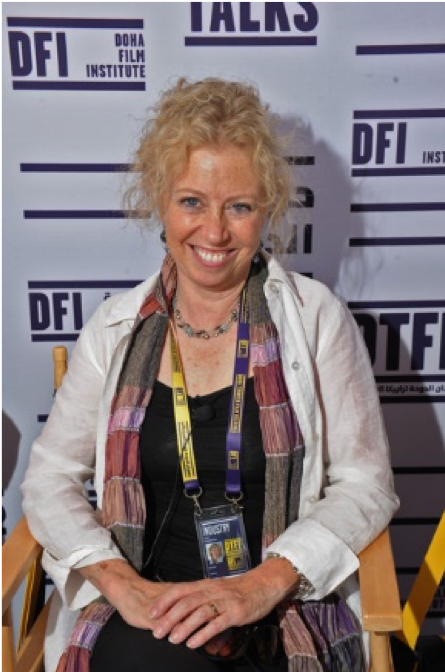 Lisa Fruchtman is a film and television editor and documentary director with twenty-five film credits. After interning with a documentary film group in the USA, Fruchtman spent a year developing her editing skills at the National Film Board of Canada and then returned to the states, where she began working as an assistant editor for Francis Ford Coppola on The Godfather Part II. Later, as an editor, she worked on two other Coppola films: Apocalypse Now (co-edited with Richard Marks, Gerald B. Greenberg and Walter Murch) and The Godfather Part III (co-edited with Barry Malkin and Walter Murch). Both films were nominated for Best Editing Oscars. Fruchtman (and her co-editors Glenn Farr, Tom Rolf, Stephen A. Rotter and Douglas Stewart) won an Oscar for Philip Kaufman’s The Right Stuff. Her first film with solo editing credit was for Randa Haines’ Children of a Lesser God.
Lisa Fruchtman is a film and television editor and documentary director with twenty-five film credits. After interning with a documentary film group in the USA, Fruchtman spent a year developing her editing skills at the National Film Board of Canada and then returned to the states, where she began working as an assistant editor for Francis Ford Coppola on The Godfather Part II. Later, as an editor, she worked on two other Coppola films: Apocalypse Now (co-edited with Richard Marks, Gerald B. Greenberg and Walter Murch) and The Godfather Part III (co-edited with Barry Malkin and Walter Murch). Both films were nominated for Best Editing Oscars. Fruchtman (and her co-editors Glenn Farr, Tom Rolf, Stephen A. Rotter and Douglas Stewart) won an Oscar for Philip Kaufman’s The Right Stuff. Her first film with solo editing credit was for Randa Haines’ Children of a Lesser God.
“He [Coppola] surrounds himself with a lot of different kinds of collaborators—not only great artists but also very nuts and bolts people, so it’s kind of like all the different parts of the job are taken up by his team and he’s free to be wildly imaginative because he depends on all of us to execute the vision without actually being told what to do. He never says, “Do this” or “Do that” or “Cut here” or anything ever like that. He’s rarely in the cutting room. He likes to see what you come up with and then screen it separately or in the context of a cut and then give you some vague direction about how it could be better and let you go back and figure it out. And for me, that was a very exciting and creative process. For some people, it might be maddening. For the studio, it was certainly maddening.”
—From “The Art of the Edit,” a 2017 interview with Lisa Fruchtman. The link to the full video can be found in the appendix.
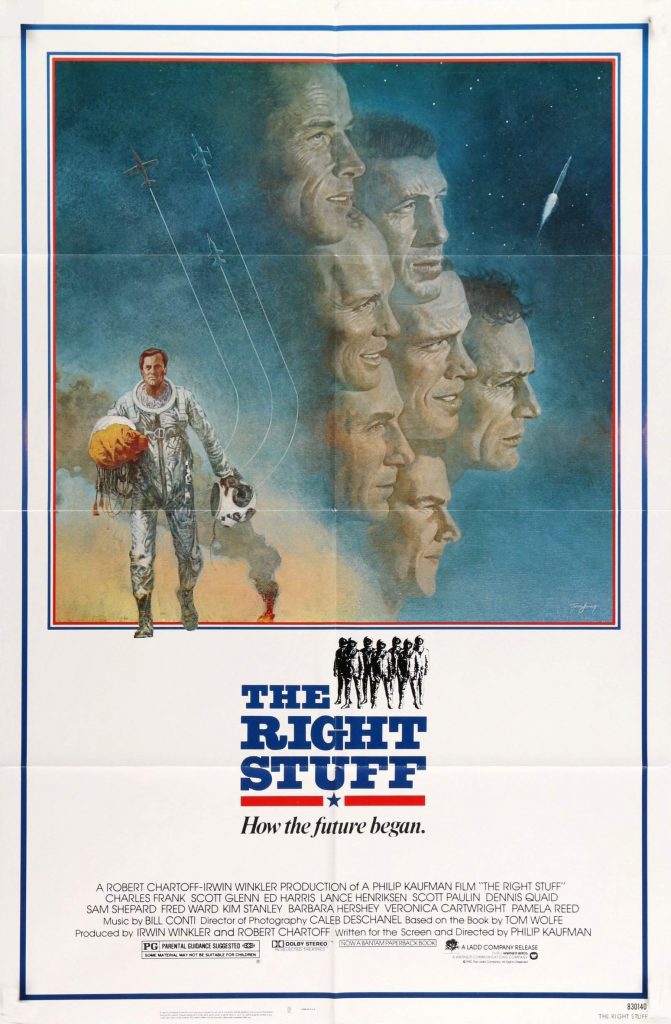
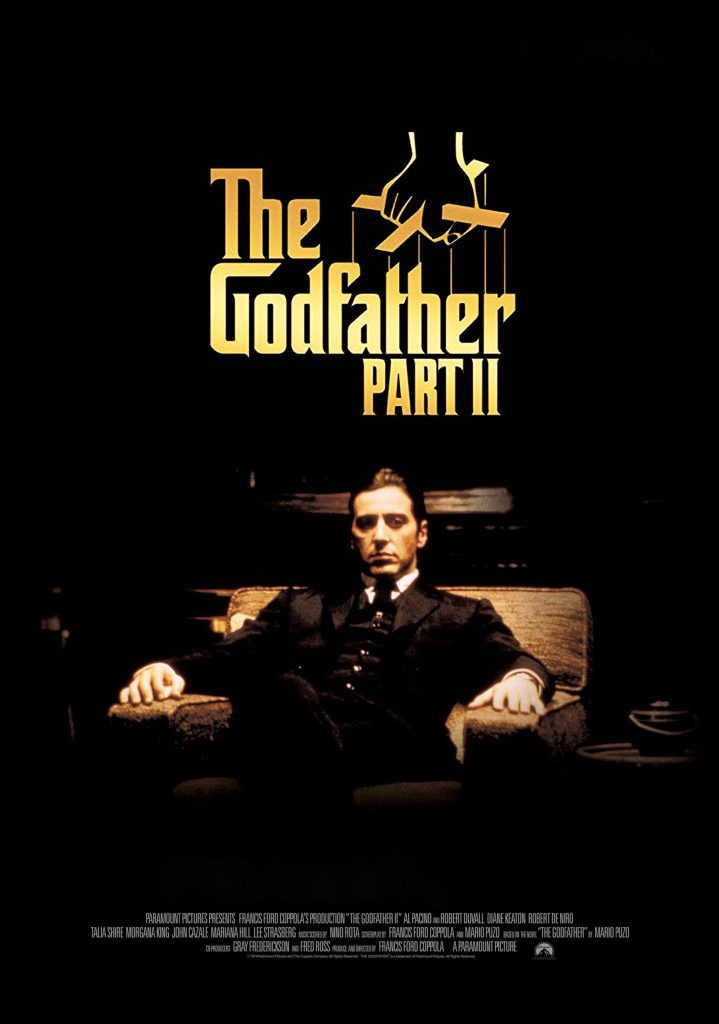
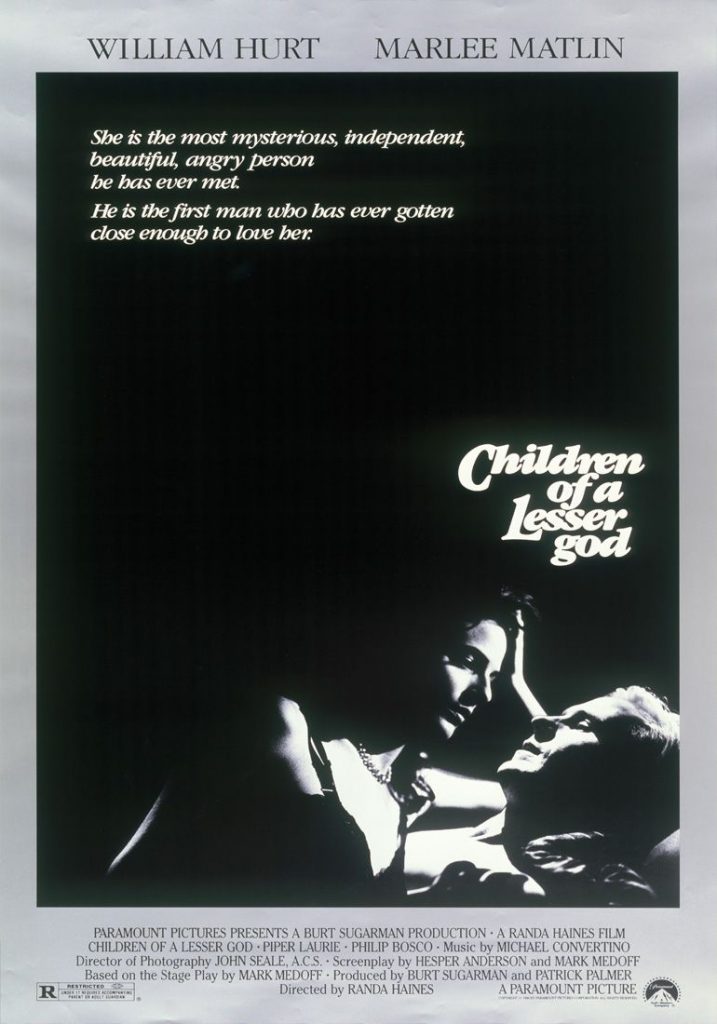
Marcia Lucas
Born 1945

Marcia Lucas edited Martin Scorsese’s Alice Doesn’t Live Here Anymore and was then the supervising editor of his next two films, Taxi Driver and New York, New York. The first film by her husband George Lucas that she co-edited (with Verna Fields) was American Graffiti. She then co-edited the first Star Wars: Episode IV with Paul Hirsch and Richard Chew. They won an Oscar and a Saturn Award. Lucas co-edited the next two Star Wars: Episodes V and VI. After their divorce, she retired from editing work. But later, in the same galaxy…

“I love editing and I’m real gifted at it,” she stated in 1983. “I have an innate ability to take good material and make it better, or take bad material and make it fair. I’m compulsive about it. I think I’m even an editor in real life.”

“I felt we were partners, partners in the ranch, partners in our home, and we did these films together. I wasn’t a fifty percent partner, but I felt I had something to bring to the table. I was the more emotional person who came from the heart, and George was the more intellectual and visual, and I thought that provided a nice balance. But George would never acknowledge that to me. I think he resented my criticisms, felt that all I ever did was put him down. In his mind, I always stayed the stupid Valley girl. He never felt I had any talent, he never felt I was very smart and he never gave me much credit. When we were finishing Jedi, George told me he thought I was a pretty good editor. In the sixteen years of our being together I think that was the only time he complimented me.”
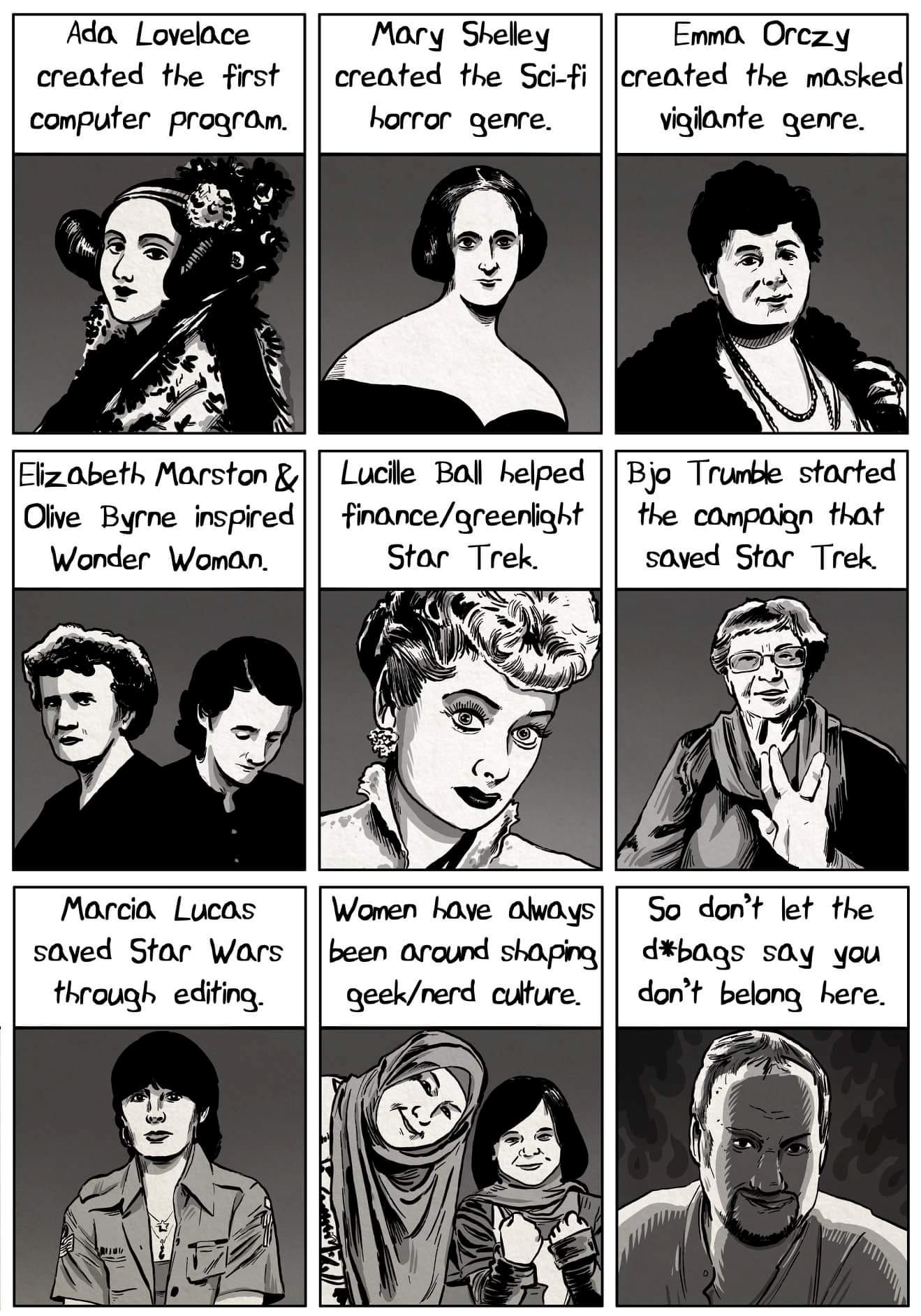
(I love this cartoon but sorry, I couldn’t track down who did it.)

About editing Alice Doesn’t Live Here Anymore:
“Marty [Scorsese] called, and asked if I would do his first studio feature. He was terrified of the studio executives, that Warners was going to give him some old fuddy-duddy editor or a spy–the studios were known for having spies on such projects. Marty liked to edit, and I felt like I was being hired to cut a movie so I wouldn’t cut it, so I’d let the director cut it. But I thought, if I’m ever going to get any real credit, I’m going to have to cut a movie for somebody besides George. ‘Cause if I’m cutting for my husband, they’re going to think, George lets his wife play around in the cutting room. George agreed with that.”
— Three excerpts from “In Tribute to Marcia Lucas” by Michael Kaminski. The full text can be found in the Appendix
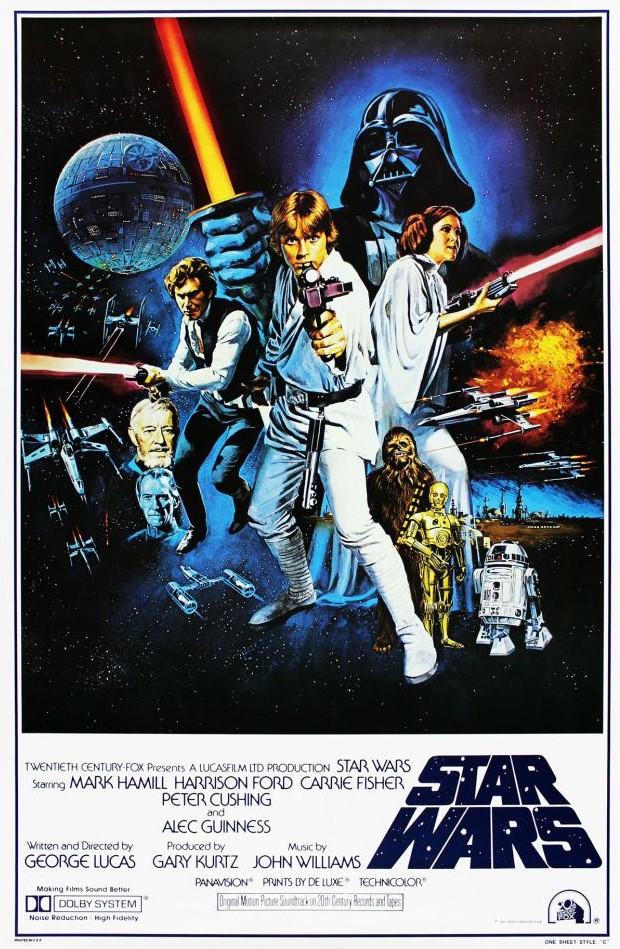


 Alisa Lepselter, ACE succeeded Susan E. Morse in editing all of Woody Allen’s films, beginning with Sweet and Lowdown. She began as an intern on Jonathan Demme’s Something Wild and was Thelma Schoonmaker’s assistant editor on Martin Scorsese’s The Age of Innocence. Her first editing credit was for Nicole Holofcener’s first film as a director, Walking and Talking. She was nominated for an Eddie Award for Vicky Cristina Barcelona and Midnight in Paris.
Alisa Lepselter, ACE succeeded Susan E. Morse in editing all of Woody Allen’s films, beginning with Sweet and Lowdown. She began as an intern on Jonathan Demme’s Something Wild and was Thelma Schoonmaker’s assistant editor on Martin Scorsese’s The Age of Innocence. Her first editing credit was for Nicole Holofcener’s first film as a director, Walking and Talking. She was nominated for an Eddie Award for Vicky Cristina Barcelona and Midnight in Paris.



 Lisa Fruchtman is a film and television editor and documentary director with twenty-five film credits. After interning with a documentary film group in the USA, Fruchtman spent a year developing her editing skills at the National Film Board of Canada and then returned to the states, where she began working as an assistant editor for Francis Ford Coppola on The Godfather Part II. Later, as an editor, she worked on two other Coppola films: Apocalypse Now (co-edited with Richard Marks, Gerald B. Greenberg and Walter Murch) and The Godfather Part III (co-edited with Barry Malkin and Walter Murch). Both films were nominated for Best Editing Oscars. Fruchtman (and her co-editors Glenn Farr, Tom Rolf, Stephen A. Rotter and Douglas Stewart) won an Oscar for Philip Kaufman’s The Right Stuff. Her first film with solo editing credit was for Randa Haines’ Children of a Lesser God.
Lisa Fruchtman is a film and television editor and documentary director with twenty-five film credits. After interning with a documentary film group in the USA, Fruchtman spent a year developing her editing skills at the National Film Board of Canada and then returned to the states, where she began working as an assistant editor for Francis Ford Coppola on The Godfather Part II. Later, as an editor, she worked on two other Coppola films: Apocalypse Now (co-edited with Richard Marks, Gerald B. Greenberg and Walter Murch) and The Godfather Part III (co-edited with Barry Malkin and Walter Murch). Both films were nominated for Best Editing Oscars. Fruchtman (and her co-editors Glenn Farr, Tom Rolf, Stephen A. Rotter and Douglas Stewart) won an Oscar for Philip Kaufman’s The Right Stuff. Her first film with solo editing credit was for Randa Haines’ Children of a Lesser God.









